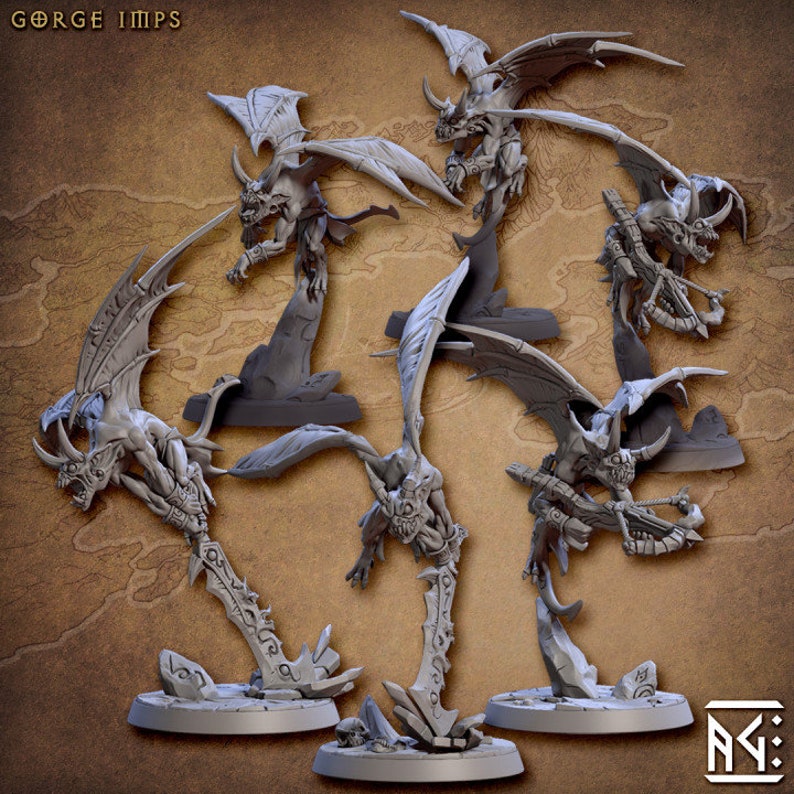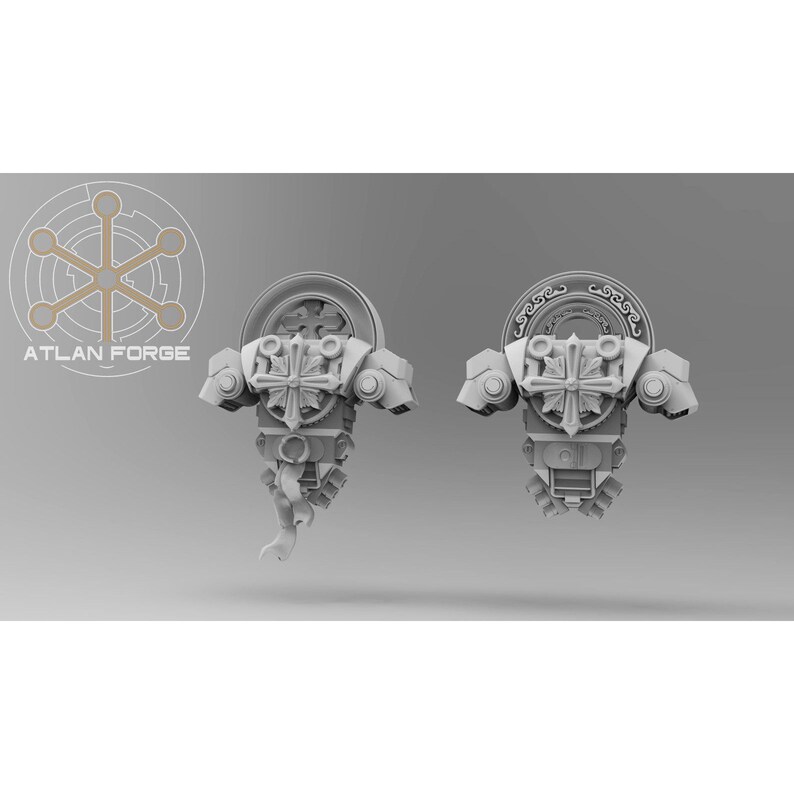

Open one flap, and fold the bottom right corner to the crease made in Step 2.Ĥ. Fold the sides to the crease made in Step 1.ģ. Fold a square piece of paper in half horizontally.
30 UNIT MODULAR ORIGAMI HOW TO
Here is a detailed video on how to make it. The models in this book are just as nice as the models in her other books – it is more of the same good material which we have learned to love and appreciate.This piece of origami may be time consuming, but very fun to make and assemble! 30 units are needed for this modular piece of origami. It is not recommended for beginners.ĭespite its title, this book is not any more “exquisite” than the other 3 modular origami books written by Meenakshi Mukerj. The book is intended for people who have had experience in modular origami. In summary, Exquisite Modular Origami has numerous origami models which will keep you busy for hours, days, and weeks. But, if you peel back some of the layers of paper, the model is transformed into a swirly ball. When assembled, the model is a geometric icosahedron. Helica Kusudama is created by Ekaterina Lukasheva. The units are easy to fold and assembly is comparatively easy and pleasant. It is a delightful model which has holes or windows. Last but not least are two models by guest authors.Įtna Kusudama was created by Maria Sinayskaya. Corolla Star: use paper of size ratio 2:5 Corolla (30-piece): use paper of size ratio 1:2Ĭ.

Corolla (12-piece): use paper of size ratio 1:2ī. Corolla is probably the most difficult and least forgiving origami model in Exquisite Modular Origami. Care should be taken when preparing the paper because inaccuracies in cutting or folding will give poor results. Corolla uses a paper of size ratio 1:2 and Corolla Star uses paper of ration 2:5. A longer sheet of paper is needed to form the units because some of the paper is used to make the petals. These units have four petals instead of the two in Zinnia. Zinnia Star (30 units): use paper of size ratio 1:2Īlong the same lines is the “Corolla” series. Zinnia (30 units): use paper of size ratio 2:3Ĭ. Zinnia (12 units): use paper of size ratio 2:3ī. Zinnia is the only model in this book which has been previously published in Ornamental Origami. Narrow tools such as skewers or knitting needles are helpful. The units are somewhat difficult to make because you need to tuck-in layers of paper into difficult to reach places.
30 UNIT MODULAR ORIGAMI SERIES
The “Zinnia” series are beautiful models with layers of paper which are pried apart to give the appearance of two petals. The color change makes a prominent center. Both the front side and back side of the paper are visible in the completed model. The “Star Flower” series all start with paper that is of size ratio 1:2. The next few models are a combination of flowers (round and ball-like) and stars (spikey). Vortex Dodecahedron Variation (not shown) These models are highly regular so inconsistencies in paper size and folding accuracy will result in warped shapes which do not meet cleanly at the edges and corners. If you have never made a modular origami dodecahedra, be warned. The fifth variation is “Dimpled Model with Color Change”: the units areįolded so the color alternates from front side (colored) to back side Reveal the white (back) side of the paper. Next is “Dimpled Model with Flowers”: here, the curls are pried open to The third is “Dimpled Model with Curves”: this one is similar to the oneĪbove except that the curls are folded back and pulled out to giveĭ. The next model is “Dimpled Model with Curls”: it is similar to DaffodilsĮxcept the center sinks inwards instead of out.Ĭ. Lesser Stellated Dodecahedron (30 units)ī. Greater Stellated Dodecahedron (30 units)ĭ. It is a versatile unit which can be used to form various polyhedra using various numbers of units. As its name implies, the unit is easy to fold. However, for this web site, glue was used because the models were later donated to rambunctious, school-aged children.Įxquisite Modular Origami starts with the “Super Simple Isosceles Triangle Unit”. Assembly of the individual units into the final model is briefly described: you should already have experience in assembling 30-unit origami models.Ī word about glue: the models in Exquisite Modular Origami do not require glue: pockets, tabs and locks help keep the units together without the use of adhesives. The diagram instructions are clear and easy to follow. Inside the book, there are more photos of completed models, however they are in black and white only. The cover of the book has color photos of 15 completed origami projects.


 0 kommentar(er)
0 kommentar(er)
